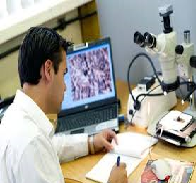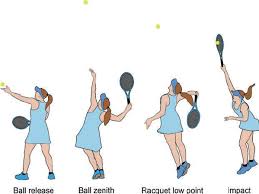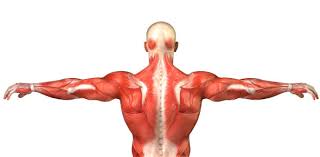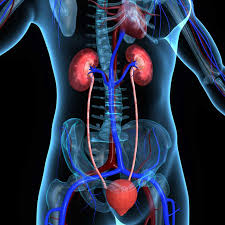Sensory Perceptual Disturbances and Impairment Order Instructions: kindly view attached Week 5 Module 5: Sensory Perceptual Disturbances: Visual and Hearing Disturbances

Required:
Textbooks:
Brunner & Suddarth’s textbook of medical-surgical nursing**
- Chapter 63: Assessment and Management of Patients With Eye and Vision Disorders
- Chapter 64: Assessment, and Management of Patients With Hearing and Balance Disorders
Pharmacology: A patient-centered nursing process approach**
- Chapter 49: Drugs for Eye and Ear Disorders
Sensory Perceptual Disturbances and Impairment and Nursing Diagnosis Guidebook
- Use your chosen Nursing Diagnosis Guidebook to review the nursing diagnoses specific to the content covered in this module.
Maternal and child health nursing**
- Chapter 50: Nursing Care of a Family When a child Has a Vision or Hearing Disorder
Basic nursing: Concepts, skills & reasoning**
- Chapter 25: Medicating Patients (sections on “Administering Topical Medications: ophthalmic medications, otic medications”; “Procedures on Administering Ophthalmic Medication, Irrigating the Eyes, and Administering Otic Medication”)
- Chapter 31: Sensory Perception (except section on “Seizures”)
Web Based and Other Professional Resources:
- Nursing: Scope and standards of practice (2015)SAMPLE ANSWER
Sensory Perceptual Disturbances and Impairment
An individual experiencing sensory impairment may face quite a number of challenges in life. With respect to higher level needs that are defined in Maslow’s hierarchy of needs. A visually challenged individual may find it harder to actualize these higher level needs. The higher level needs that include self-actualization, self-esteem and love and belonging needs, are among the particular needs that this paper will try to elaborate on how challenging they are to a visually challenged individual to meet them.
Love and belonging is nature to most if not all human beings. These needs depict the nature of the interpersonal relationships that are adopted by most humans. However, for a visually challenged person. It may be quite difficult for them to find a sense of belonging in an environment that does not favor him or her. Creating interpersonal relationships with people without actually seeing their physical appearance will be the main issue to be dealt with.
Consequently, self-esteem needs are quite important in Maslow’s hierarchy. But for a visually challenged person, attaining this needs may be a challenge. They may find it extremely hard to gain confidence. It might be quite difficult for this particular individual to be able to satisfy his or her desire to be valued by other people when he or she is visually challenged.
Lastly, self-actualization needs is on the pinnacle of Maslow’s hierarchy. Self-actualization entails five key things that are key to human beings. However, for visually challenged individuals, to fully satisfy their self-actualization need may prove to be hard if the person has not yet accepted the impairment condition that faces him or her.
The nursing intervention that would be applied by a registered nurse may include the following practices. First of all when meeting the patient, the nurse will have to make a good first impression. Reason being first impression go a long way into helping visually impaired patients feel cared for. This also helps in creating a healthy relationship between the two parties (Treas & Wilkinson, 2013). Second of all, the nurse would help the patient meet their self-esteem and self-actualization goals by helping then get to know the environment they are staying in. This would help them feel confident by not requiring aid all the time to perform the basic life activities from time to time.
Therefore, for a visually impaired individual, the attainment of the love and belonging, self-esteem and self-actualization goals may be a cumbersome task. However, with the application of the right nursing intervention by a registered nurse. The attainment of these needs in the long run may be an overcome able situation.
Sensory Perceptual Disturbances and Impairment References
Treas, L. S., & Wilkinson, J. M. (2013). Basic nursing: concepts, skills, & reasoning. FA Davis.






